
Squirrel On Tree HD desktop wallpaper Widescreen High Definition Fullscreen
Native Washington Tree Squirrel. The Douglas squirrel, or chickaree (Tamiasciurus douglasii)(Fig. 2) measures 10 to 14 inches in length, including its tail.Its upper parts are reddish-or brownish-gray, and its underparts are orange to yellowish. The Douglas squirrel is found in stands of fir, pine, cedar, and other conifers in the Cascade Mountains and western parts of Washington.
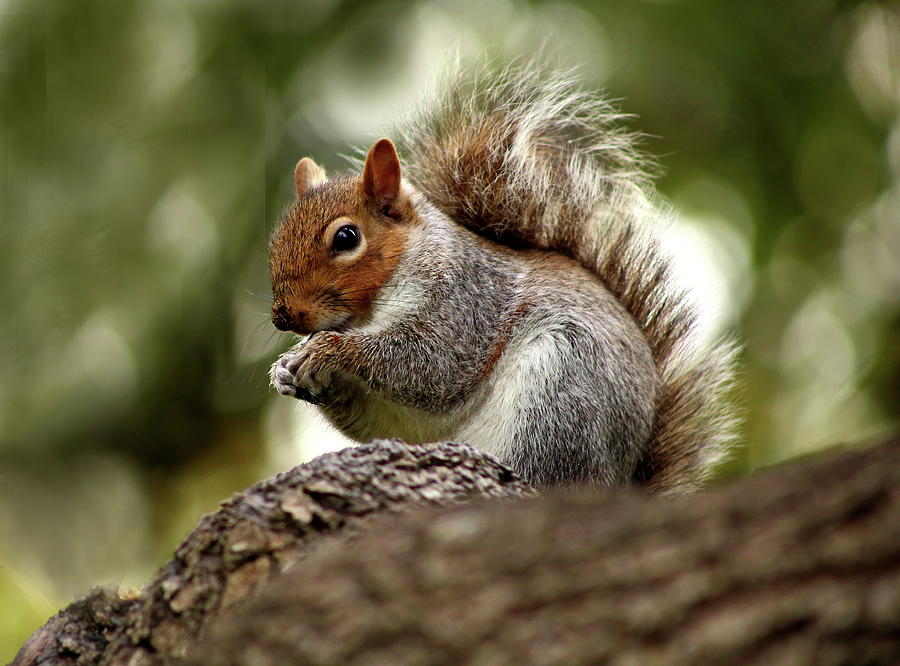
Cute squirrel on the tree Photograph by Ibolya Szabo Fine Art America
Some squirrels build nests in tree cavities rather than among the high branches. The squirrel begins by roughly weaving a platform of live green twigs. On top of this, soft, compressible materials.

Tree squirrel climbing up a tree, clinging to the side Squirrel, Fox squirrel, Picture tree
Other tree cavity dens are created through the natural processes that can hollow out an old tree. These homes are squirrel favorites because they provide the best protection from rain, wind and snow. Leaf Nests - These constructions are found at least 20 feet up in a tree. Leaf nests are usually tucked in the fork of a large tree branch.
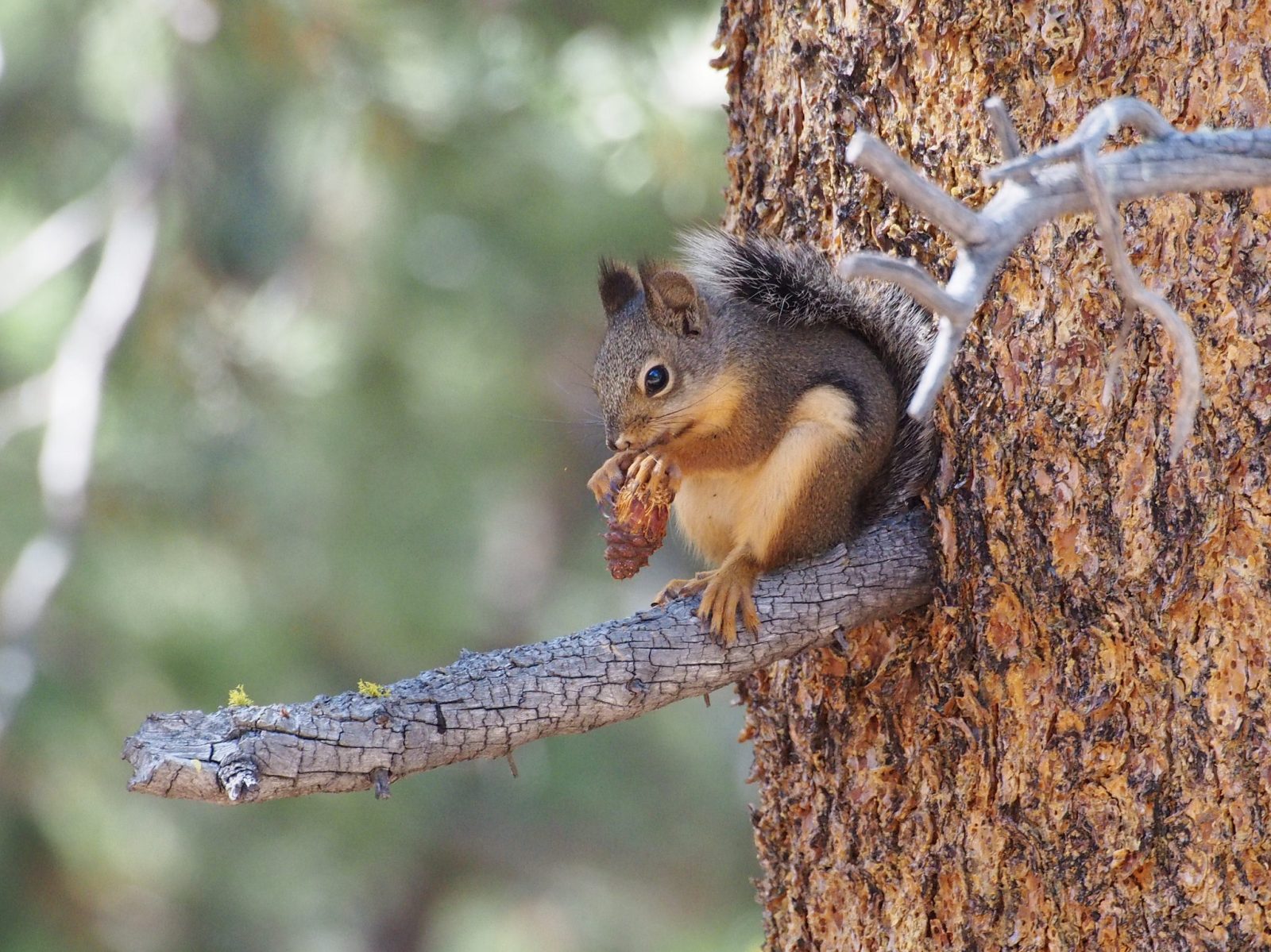
Pine squirrels love, love, love their pines! Wildlife
squirrel nest in tree | image by John Brighenti via Flickr | CC BY 2.0. Some squirrels choose to create their nests, often referred to as "dreys", out on the branches of the tree, so long as they're at least 30-60 feet from the ground. Ground squirrels are the exact opposite, and tend to prefer underground tunnels in loose soil.

10 Nutty Facts to Make You Appreciate Squirrels The National Wildlife Federation Blog
Tree squirrels. Tree squirrels typically maintain a nest comprised of woven twigs, leaves, and grass - commonly referred to as a drey. Because most of the predators tree squirrels face live on the ground, a drey may be found situated between two tree branches, or next to a trunk, toward the top of any given tree.
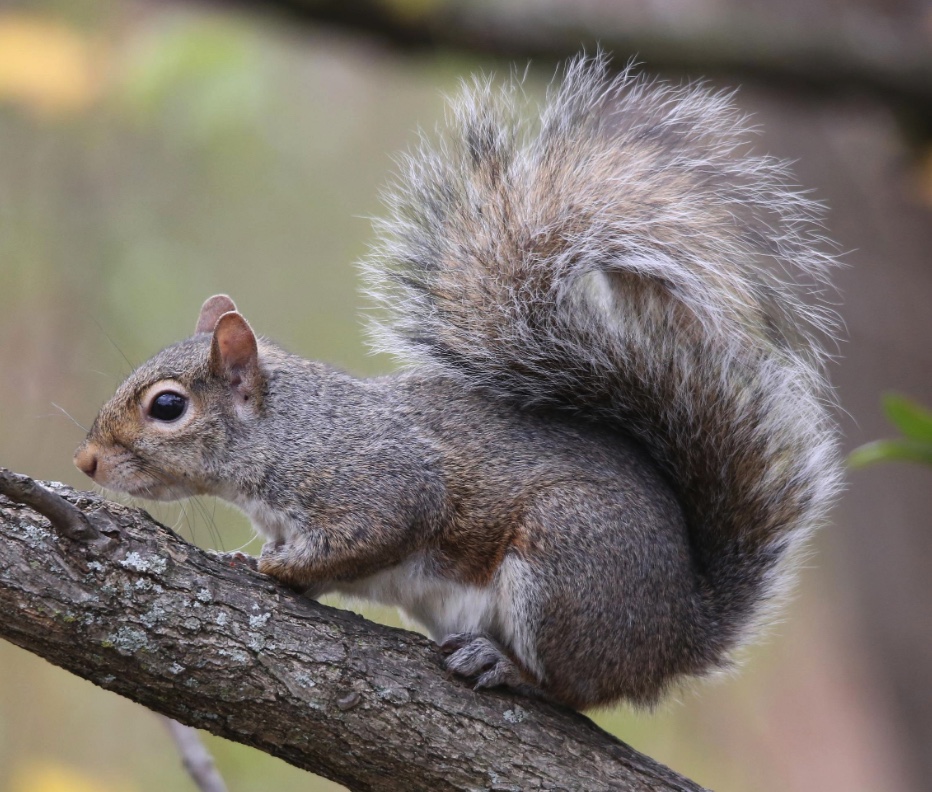
Tree Squirrels Wildlife Illinois
Squirrel Nest In Tree (Identification & Removal) Edited by. Inga Cryton. Reading Time: 33 minutes. Updated: Nov. 2, 2023. Large trees are ideal places for tree squirrels to nest. When squirrels settle in, considerable damage can occur to your property and home. You might start to notice squirrels building homes in trees in the form of nests.
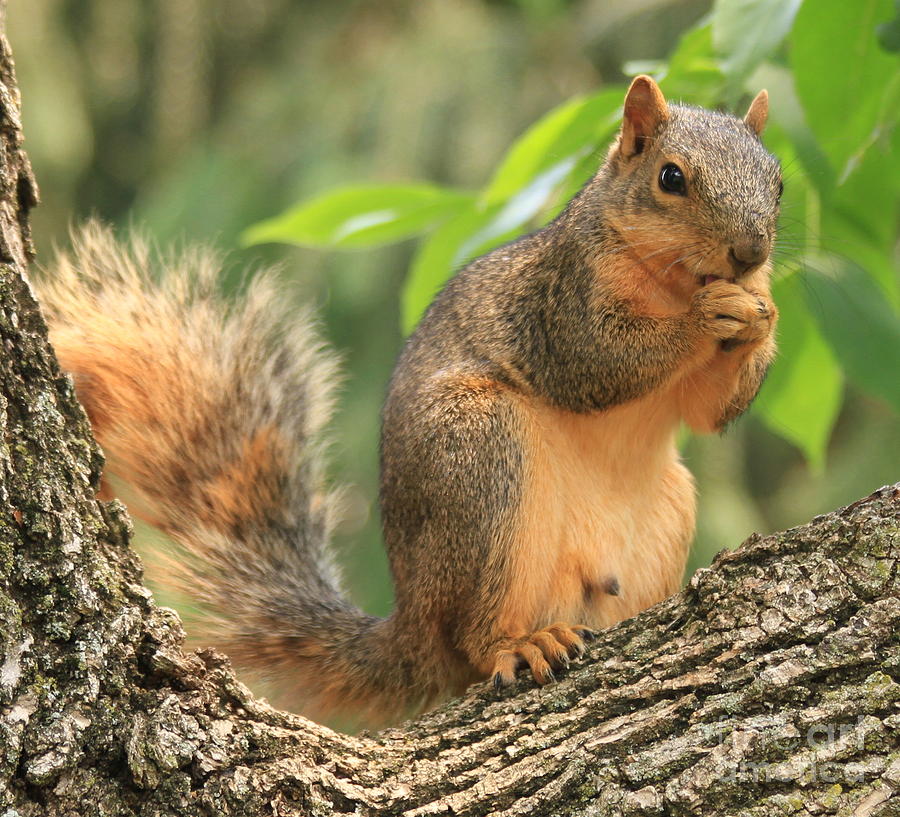
Squirrel in a Tree Photograph by Krista Kulas
Keep squirrels from climbing trees by installing a 2-foot-wide collar or metal 6 feet off the ground around the tree, or using 2 foot sections of 2-3 inch pipe over utility lines (consult the electrical company for assistance if placing sleeves over electrical wires). Use live traps to remove squirrels from buildings, seal entry points and then.

Cute Fuzzy Squirrel In Tree Near Garden Photograph by Amy McDaniel
Tree squirrel. Eastern gray squirrel ( Sciurus carolinensis) A squirrel in the University of Cambridge Botanic Gardens. Tree squirrels are the members of the squirrel family (Sciuridae) commonly just referred to as "squirrels". They include more than 100 arboreal species native to all continents except Antarctica and Oceania.

Squirrel In A Tree Photograph by David G Paul Fine Art America
Tree squirrels are commonly seen everywhere from woodlands to city parks. Though they are terrific climbers, these squirrels do come to the ground in search of fare such as nuts, acorns, berries.
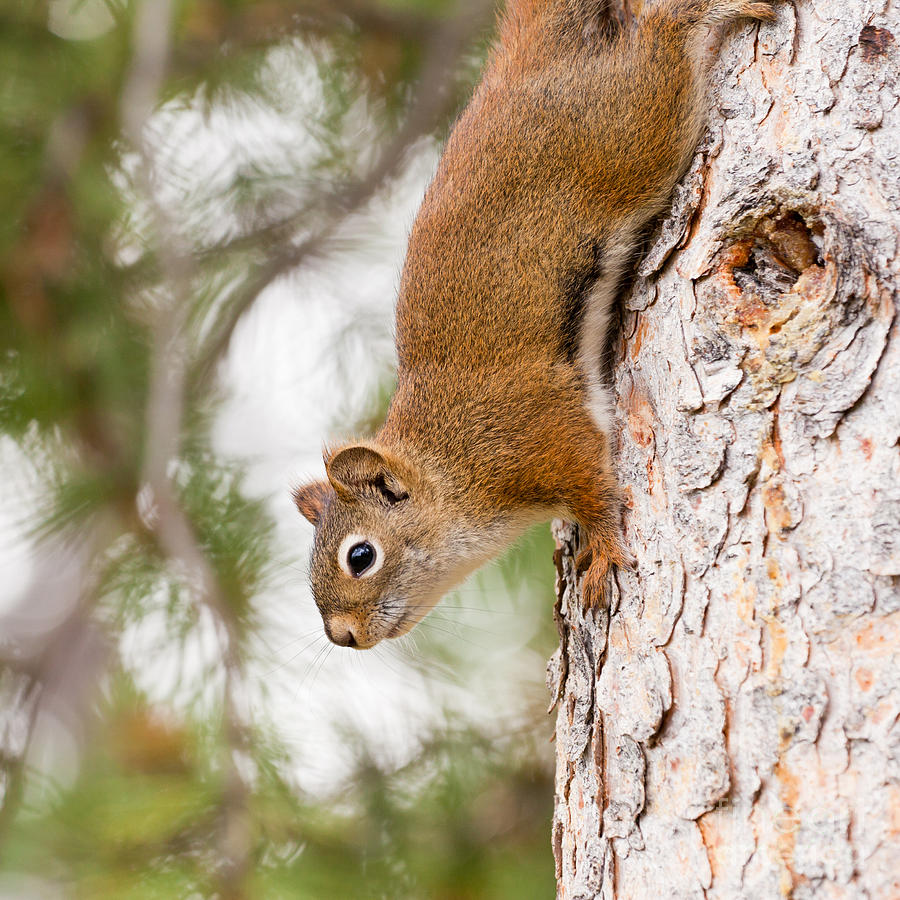
Curious Cute American Red Squirrel Climbing Tree Photograph by Stephan Pietzko
None of the tree squirrels hibernate, but they do have periods of reduced activity during severe cold weather. Fox squirrel (Sciurus niger): The fox squirrel is the largest tree squirrel in Illinois, weighing 1¾ to 2 pounds and having a length of 19½ to 22 inches. The fur is a mix of rusty-yellow with black giving an overall reddish cast.

Curious cute American Red Squirrel climbing tree by PiLens Vectors & Illustrations with
Squirrels in trees are difficult to remove for the average homeowner. Residents can reduce the possibility of damage by placing squirrel baffles around trees and bird feeders, but the only surefire way to protect against the nuisances is to contact a professional wildlife removal service such as Critter Control. Our teams of expertly trained.
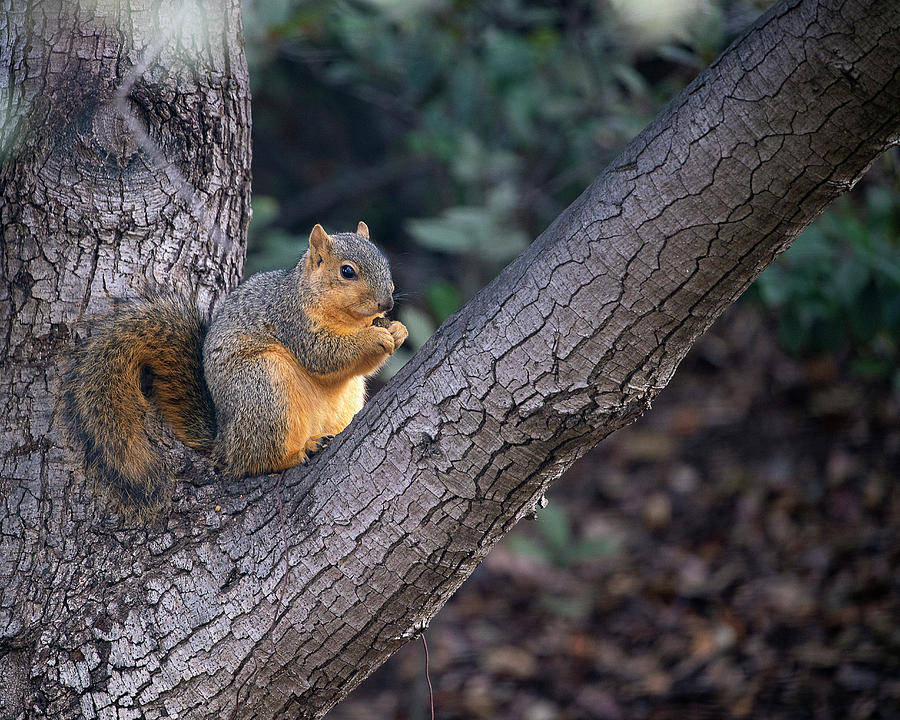
Squirrel in Oak Tree Photograph by John Rodrigues Pixels
Young squirrels may breed only once in their first year. The gestation period is 42 to 45 days. During the breeding season, noisy mating chases take place when 1 or more males pursue a female through the trees. Tree squirrels have about 3 young per litter. At birth, they are hairless, blind, and their ears are closed.
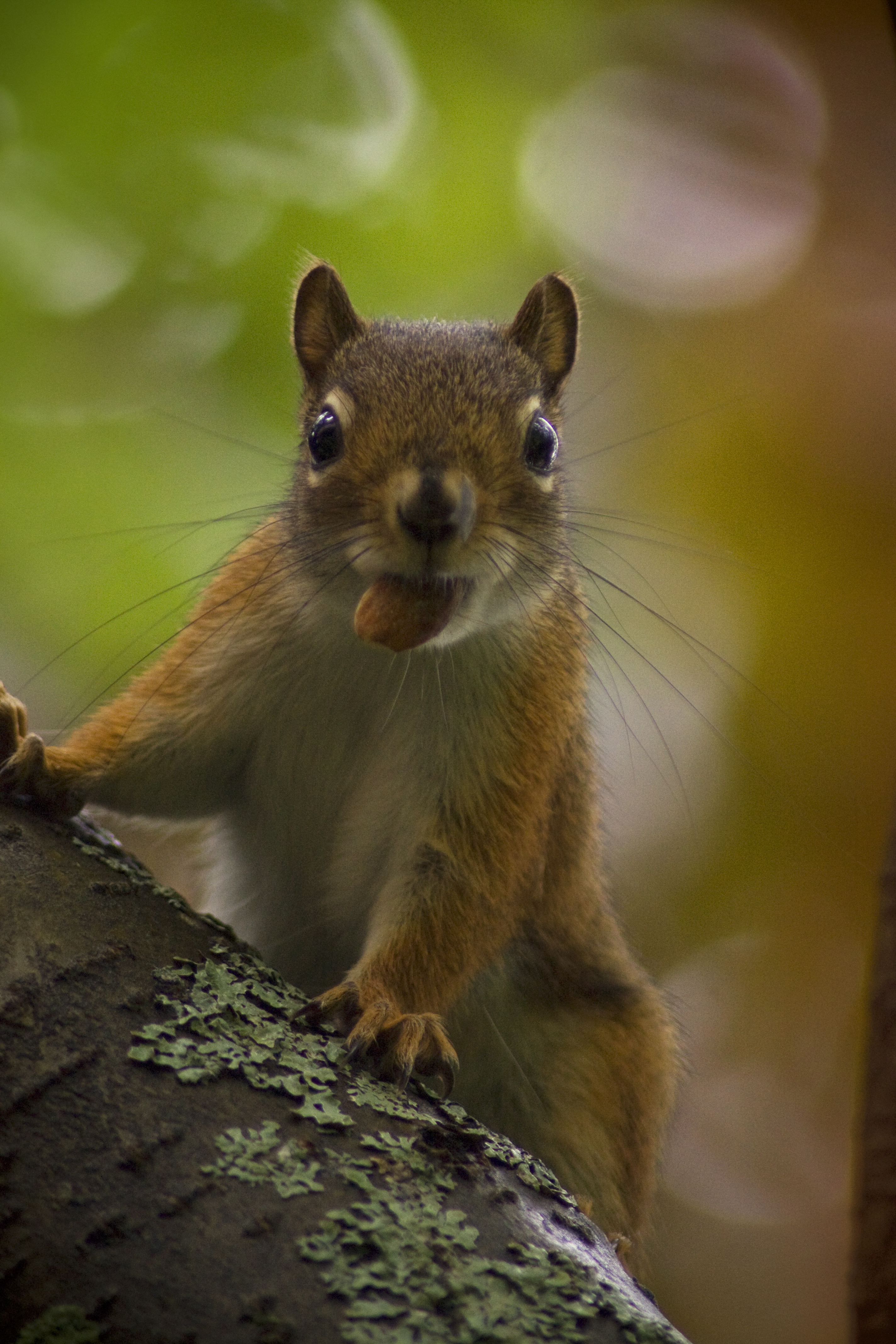
FileBaby squirrel in tree 2.jpg Wikimedia Commons
What Are Tree Squirrels? Tree squirrels get their common name from the fact that they are found in wooded and urban areas with trees. They nest, avoid predators and harvest food in trees. " Tree squirrels " is an all encompassing term for several species, including fox squirrels, gray squirrels, flying squirrels and pine squirrels. Keep reading to learn more tree squirrel facts.
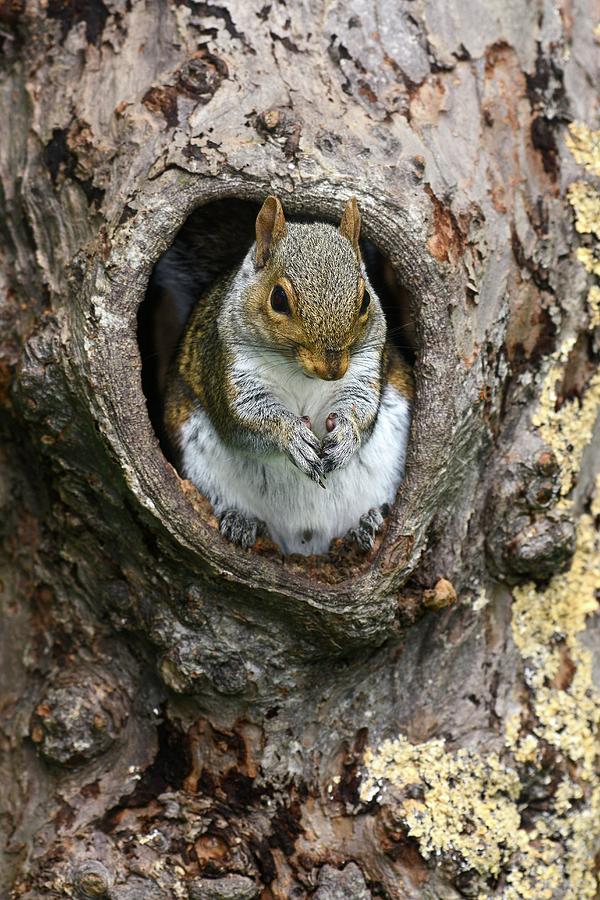
Grey Squirrel In A Tree Photograph by Colin Varndell/science Photo Library Fine Art America
Grey squirrels, commonly found in North America, are medium-size squirrels. They grow to 15 to 20 inches (38.1 to 50.8 cm) in length, with their tails adding an extra 6 to 9.5 inches (15.24 to 24..

FileBaby squirrel in tree.jpg Wikimedia Commons
Tree squirrels naturally nest in tree cavities, enlarged woodpecker holes, or high in a tree in a spherical nest they construct of twigs, leaves, and shredded bark. Breeding occurs in the late winter or in the spring and, depending on the species of tree squirrel, produces one or two litters per year of three to five young. For those producing.

Squirrel on tree 3 Free Photo Download FreeImages
Delmarva fox squirrels (S.n. cinereus), a subspecies of the eastern fox squir-rel and the northern flying squirrel, are con-sidered endangered in Maryland and portions of the mid-Atlantic region. Tree Squirrels are similar in body form and structure; however, each species differs in size, fur coloration, markings, and other charac-teristics.